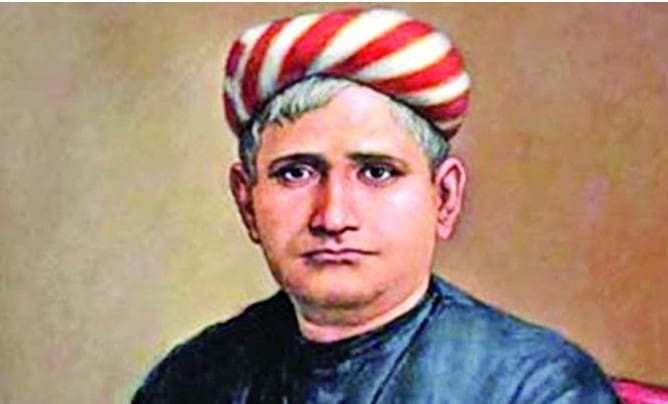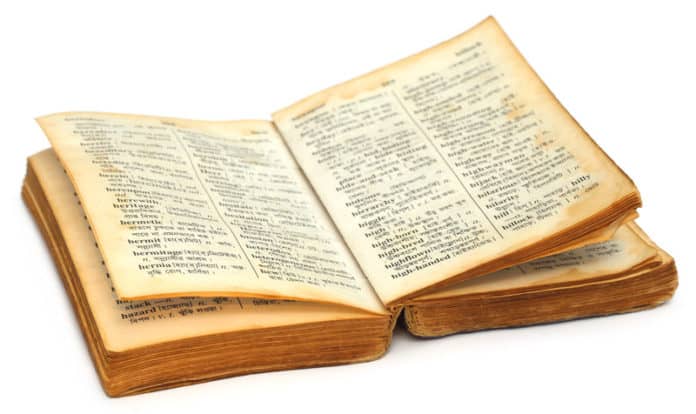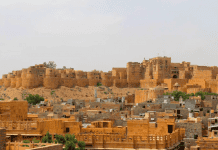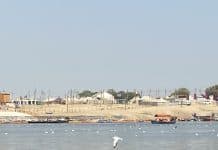Bengali literature or Bangla Shahitto represents the corpus of literary works in the Bengali language. The Bengali language has evolved over a period of thousand and three hundred years. One of the earliest surviving works in Bengali literature is the Charyapada, which is a collection of Buddhist mystic songs, written during the 10th and 11th centuries. It is commonly held that this work was written in an ancestor language of Bengali, Assamese, Odia and other languages belonging to the Eastern branch of the Indo- Aryan languages. We can classify the chronology of Bengali literature into three periods, namely, the ancient (650-1200), the medieval (1200-1800) and the modern (after 1800).
Medieval Bengali literature embodies a variety of poetic genres which include Hindu religious scriptures such as the Mangalkavya, Islamic epics such as the works of Syed Sultan and Abdul Hakim, the Vaishnava texts, the translations of Arabic, Persian and Sanskrit texts, and other secular renditions by Muslim poets.
The mid-nineteenth century saw the rise of novels in the Bengali language. The scripts that were used for Bengali literature were the Eastern Nagari script, the Perso- Arabic and Sylheti Nagri scripts. The quintessential personality in Bengali literature is that of Rabindranath Tagore. Another foremost writer was Kazi Nazrul Islam, who won recognition for his anti- British literature and earned the designation as the Rebel Poet. He is now held in great reverence as the national poet of Bangladesh.

The earliest works or the Charyapada were written between the 10th and 12th centuries AD. It includes forty-seven mystic hymns composed by Buddhist monks, namely: Luipada, Kanhapada, Kukkuripada, Chatilpada, Bhusukupada, Kamlipada, Dhendhanpada, Shantipada, and Shabarapada. The Bengali linguist Haraprasad Shastri found the manuscript at the Nepal Royal Court Library in 1907; it was written on a palm leaf.
The Middle Bengali literature lasted between the 15th and 18th centuries the earliest sample of which is the Shreekrishna Kirtana by Boru Chandidas. The Middle Bengali literature can be classified into the pre-Chaitanya era, the Chaitanya era, and the Later Middle Age.
The pre-Chaitanya period, i.e., during the 15th century, Chandidas and Vidyapati composed the early Vaishnava Poetry, also known as the Vaishnava Padavali. The Ramayana and the Bhagavat were translated into Bengali, and the tradition of Mangalkavya blossomed.
In the Chaitanya era, lasting between the 16th and 17th centuries, the Mahabharata was translated into Bengali, and the later Vaishnava poetry thrived.
The later Middle Age saw the rise of Shakta Poetry or Shakta Padavali and the tradition of Mangalkavya drew to a close with the dawn of Annada Mangal by Bharatchandra. The Baul tradition made its appearance with Lalan Fakir. The most significant feature of this era was the budding of Eastern Bengal Ballads and Muslim Ghazals by poets such as Alaol and Daulat Qazi.
By the middle of the 19th century, Bengali literature began to gain prominence. The Bengali pundits of Fort William College undertook the laborious task of translating textbooks into Bengali to assist the British in their learning of Indian languages. This saw the development of Bengali prose. Raja Ram Mohan Roy arrived on the literary scene in 1814 and busied himself with translations into Bengali from Sanskrit, writing essays on religious themes and the publication of magazines. Another prominent personality during this age was Ishwar Chandra Bandhopadhyaya.

One of the most distinguished Bengali novelists and essayists of the 19th century is Bankim Chandra Chatterjee, who is renowned for his composition of Vande Mataram, India’s national song. This age also saw the dawn of literary publications, newspapers and magazines. Numerous educational institutions arose which fostered the evolution of the modern Bengali literary movement.
During the pre-Tagore era, popular literature that was absorbed mainly with everyday life in contemporary Bengal gained a broad audience.
The quintessential poet of Bengal and one who was much loved in India and abroad was Rabindranath Tagore. Tagore is celebrated for his composition of Jana Gana Mana and the Amar Shonar Bangla, the national anthems of India and Bangladesh, respectively. Rabindranath Tagore towered over the literary and philosophical arenas in India for several decades. The heart of Bengali culture throbs with his two thousand Rabindra Sangeets. The magnum opus that won him the Nobel Prize in literature in 1913 is the Gitanjali, which is an anthology of poems. He is also the author of a few novels and several short stories.



















